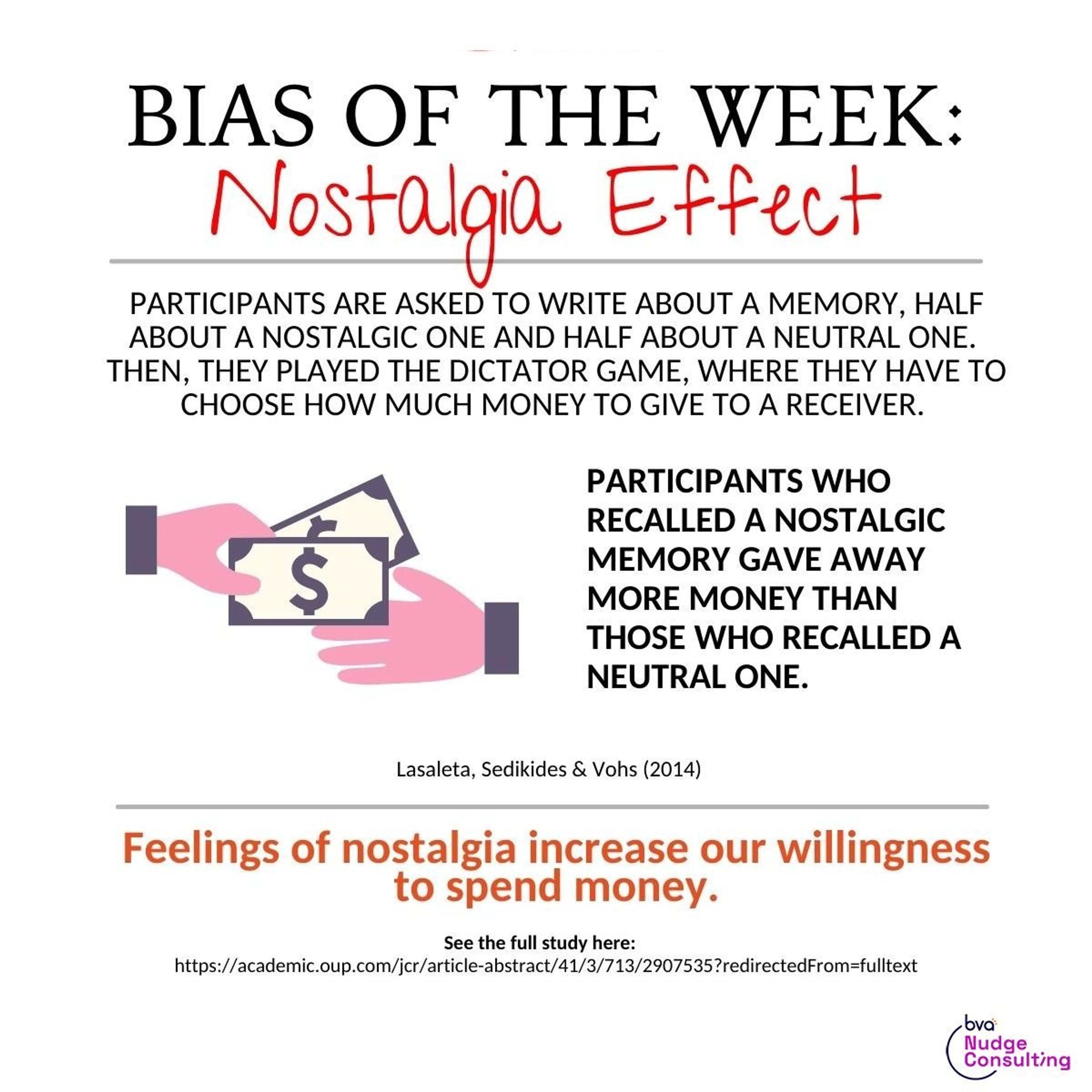I recently came across an event called Thing Called FOMO, where attendees could indulge in nostalgic activities like playing Gameboys, betting on WWE cards, racing Hot Wheels, and even listening to Paris Hilton’s playlist from her heyday. These events, though pricey, aim to evoke the carefree spirit of childhood for millennials and older Gen Z-ers, while offering a fresh experience for the younger crowd.

Capitalizing on nostalgia is nothing new. People have a deep-seated desire to revisit the past, especially in times of crisis like the current climate emergency, the global pandemic, and ongoing political unrest. It’s understandable why a generation already under stress would long for the simpler days of their childhood when their biggest worry was bringing a map to school. Coupled with major corporations struggling to innovate, this leads to a trend of “re-imagining” what was once beloved. We see this in the resurgence of classic TV shows and movies, the revival of fashion trends from decades ago, and a preference for music that harkens back to earlier times.
In today’s fast-paced social media landscape, pop culture trends splinter quickly, making it challenging for Gen Z to find unifying cultural moments. This difficulty drives them to seek solace in simpler times when music, fashion, and humour from popular movies and TV shows like F.R.I.E.N.D.S or Harry Potter unite an entire generation. This phenomenon is often attributed to the “20-year rule,” a theory suggesting that fashion cycles repeat every two decades. Anything less than a decade old lacks the nostalgic depth, as it’s still too recent for young adults to have a strong connection to. Conversely, cultural elements from over 30 years ago can feel too distant. This explains why young adults are drawn to trends from around 20 years ago—they strike the perfect balance of nostalgia and relevance.

The early 2000s, often referred to as Y2K, are currently at the forefront of fashion trends. The era’s iconic styles from the late 90s and early 2000s have made a triumphant return. Originally associated with a computer malfunction, Y2K now symbolizes the essence of that era. Baggy jeans, baby tees, hoop earrings, and flip phones are all back in vogue, and keeping up with these trends has become a marker of being “cool.” This resurgence has created a lucrative market for companies looking to capitalize on nostalgia, whether by reentering the fashion scene, reviving TV shows, or reintroducing past fads with a modern twist. This phenomenon, known as the Nostalgia Effect, highlights how nostalgia influences our spending habits.
If you find yourself drawn to spending money on items that evoke memories from your past, you may have succumbed to the nostalgia effect. While money is crucial for meeting our basic needs, a strong social network can also fulfil these needs. Consequently, when we have an abundance of money, the importance of social connections may diminish, and vice versa. After nostalgic memories increase feelings of social connectedness, the nostalgia effect takes hold. At this stage, our desire for money decreases due to our heightened sense of social connectedness, leading us to be more inclined to spend on “retro” fashion, buy that vintage camcorder, or even indulge in watching less-than-stellar sequels.
“We remain trapped in the twentieth century,” theorist Mark Fisher claimed. Amidst our inability to reach traditional milestones like home ownership, stable employment, or marriage, reflecting on simpler times can provide a sense of comfort. While the times we’re living in may certainly be complex, our minds twenty years down the lane may feel otherwise. That’s how nostalgia works.
Ayesha Alim is a student pursuing Psychology Honours from Jamia Millia Islamia.
Edited by: Sana Faiz







